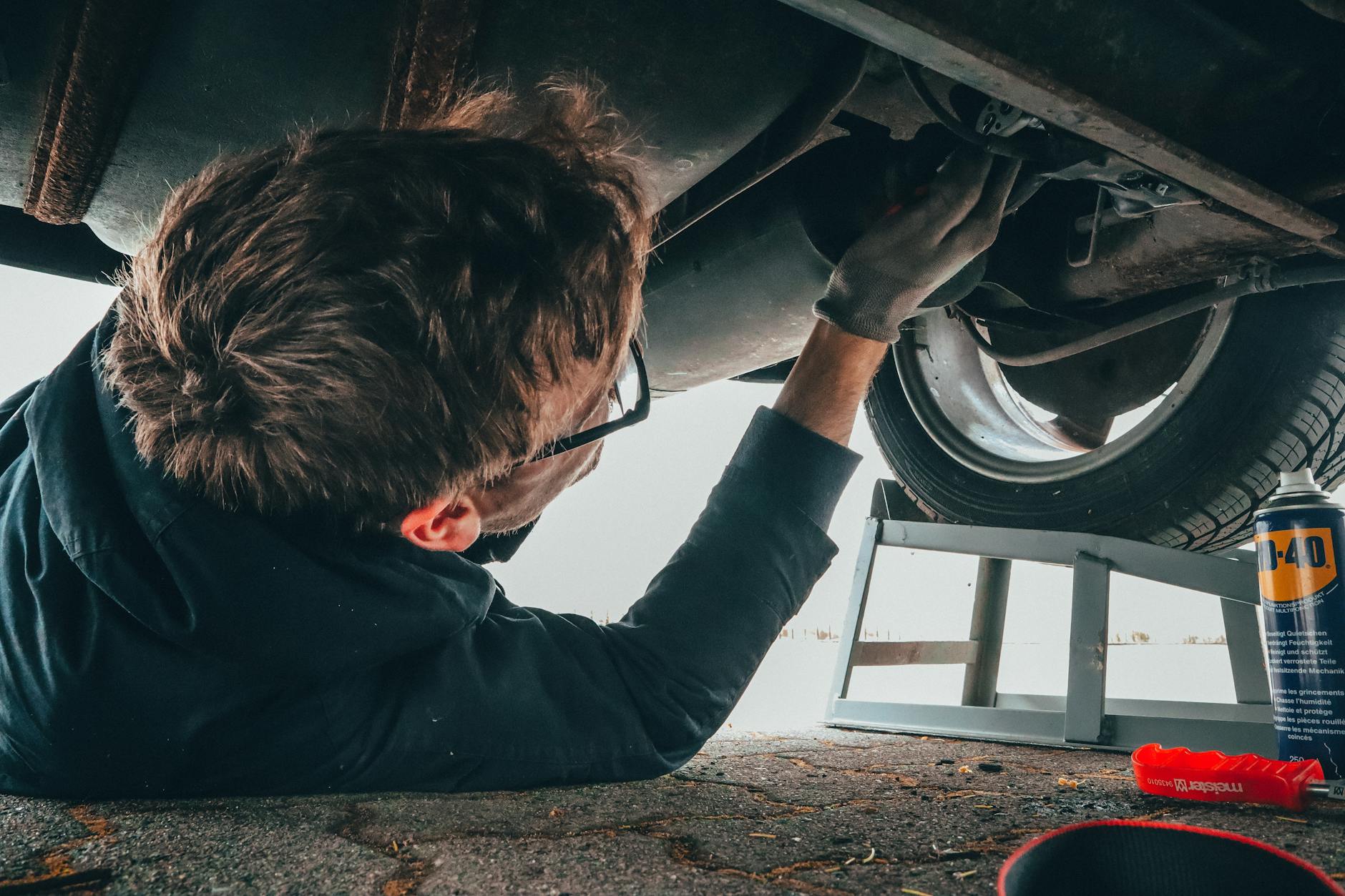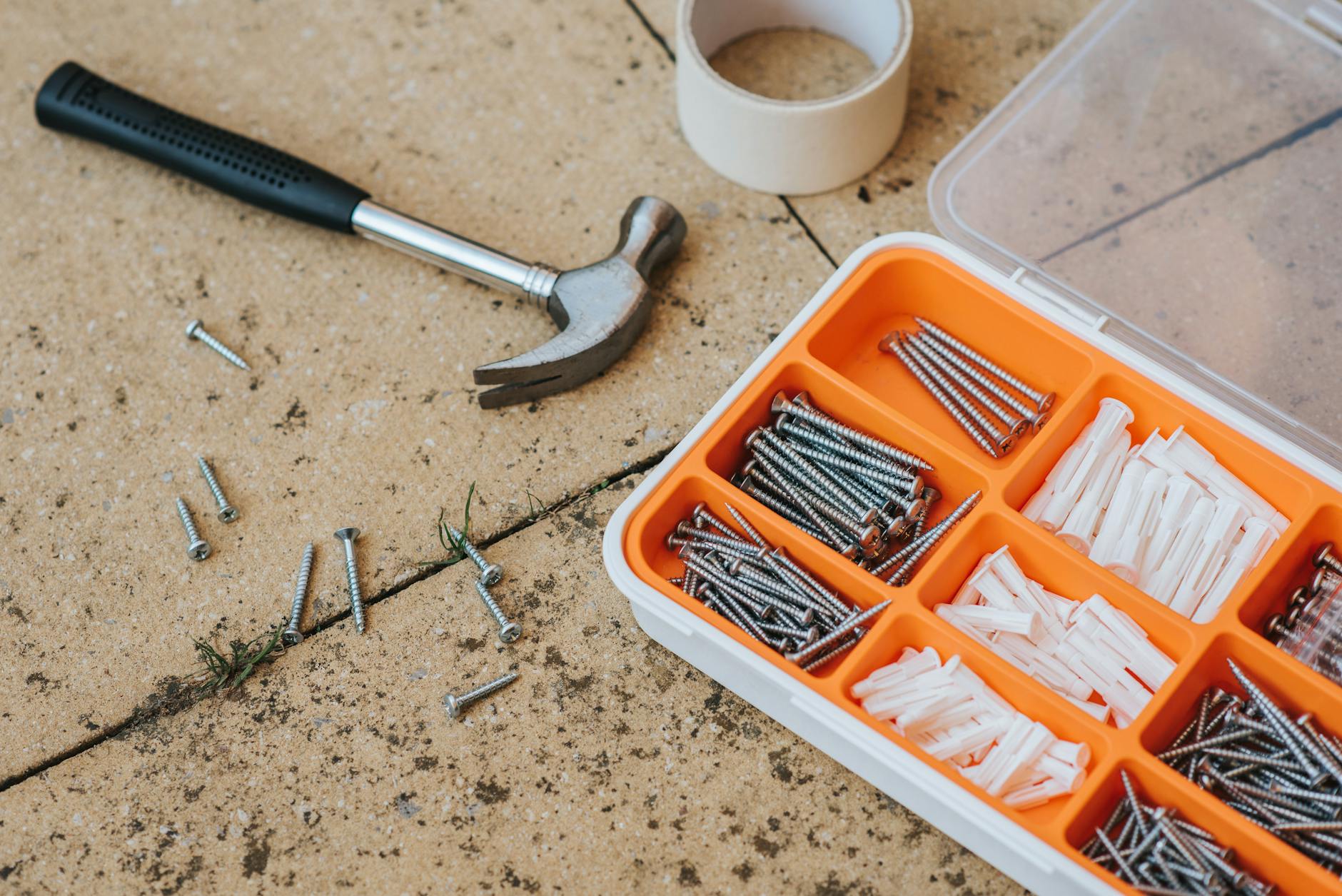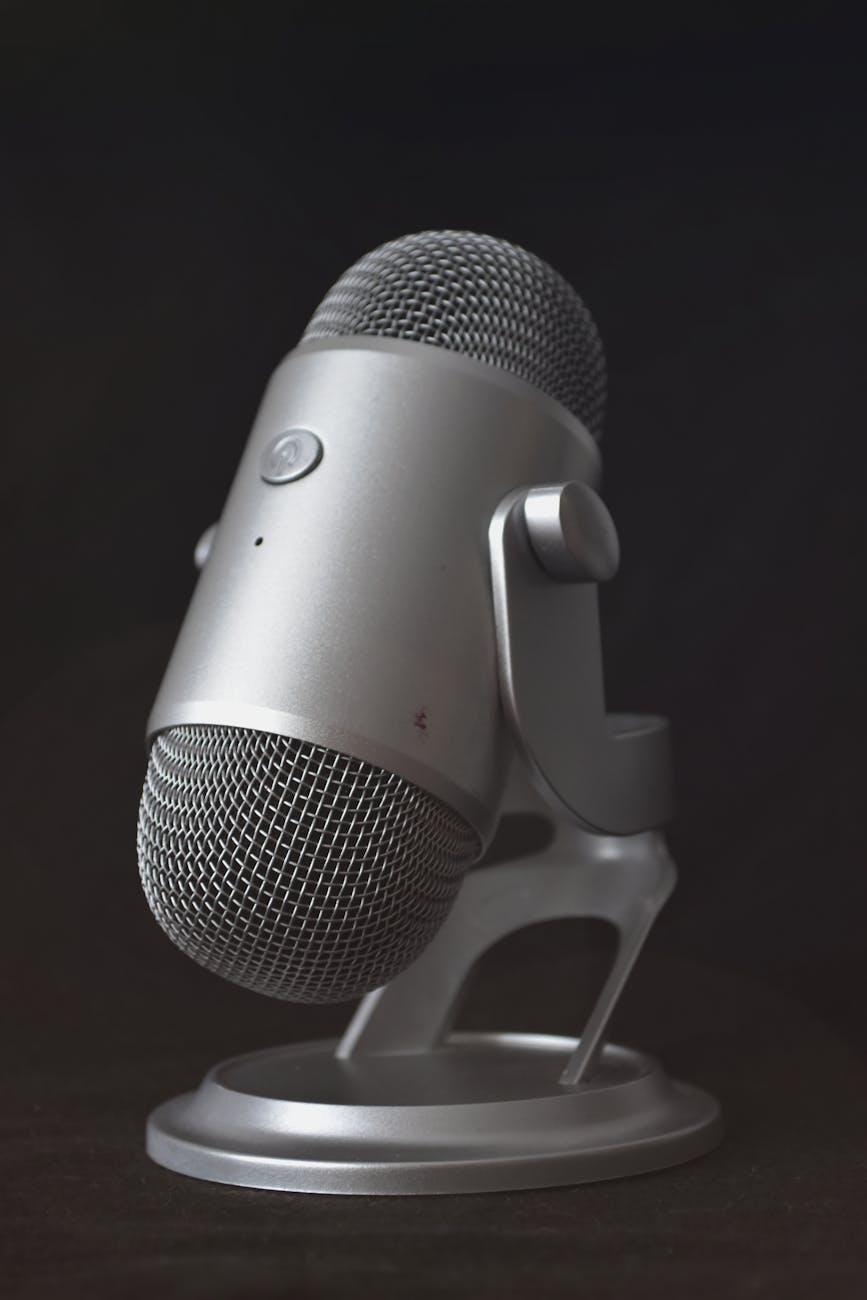Well one problem with the Mac is that it is a sealed box, so you need to get enough SSD space when you buy it. For instance, if I find I’m using 256GB regularly, then I will try to buy a 512GB Mac. And if you normally use close to 512GB, you will improve your life by going up one size.
This used to be true with RAM, but since the move to 16GB, things seem a little more stable, so a 16GB machine with 512GB or 1TB seems about right unless you have lots of movies. That means the base models are a little small.
But, if you did get say the M1 MacBook Air 2020, that machine even with 8GB of RAM is going to last a long time. The most likely problem is going to be not having enough disks. The solution is to get an external SSD. These are becoming pretty common and since these machines support Thunderbolt 3, they are going to be very fast.
There are quite a few drives to choose from, but as usual just because it says it can support 40Gbps Thunderbolt 3 doesn’t mean the SSD drive will perform that well. It pays to read the reviews. In this case, the expensive SanDisk Pro G-40 seems to be the winner. It uses very fast SSDs using TLC and more importantly, most of the systems have a trick where they have a cache that makes the drives seem faster than their native store. It does costs $300 for a 1TB drive, but the performance is very high at Amazon. The 2TB is going to last forever if you can afford it at about $450 on Amazon.
The best of these external SSDs are really a controller and an NVMe SSD card built into an enclosure, so make sure to get a good SSD, controller, and enclosure. The main difference is how many lanes and what is the architecture TLC or QLC makes an SSD fast.
So to really get a good drive find a review like Tom’s Hardware that does benchmark and make sure the tests push through that cache. That is why SanDisk and the Cie come out on top. The Sabrent is a good example of this. It is very fast as long as you do not run out of Cache, so buyer beware.
Also, beware of reviews like the PC Magazine one that doesn’t go through statistics and also that mix USB 3.0 drives running at 10Gbps with the Thunderbolt 3 ones that are 40Gbps. Of course, a lot depends on the underlying SSDs inside, but the USB 3.0 ones will top out at about 1GBps read/write.
The true nerd of course would take their own NVMe SSD card and buy an enclosure for it. Then you can really pick what you want. All without a warranty of course 🙂 And most are 10Gbps USB C or 5GBps USB A so again they are probably more for archiving.
Rolling Stone magazine also had a review where they do informal testing of even slower USB flash drives that top out at 100Mbps or so. These use less powerful NAND Flash storage, so they are good for archiving things but not for storing applications for example.






